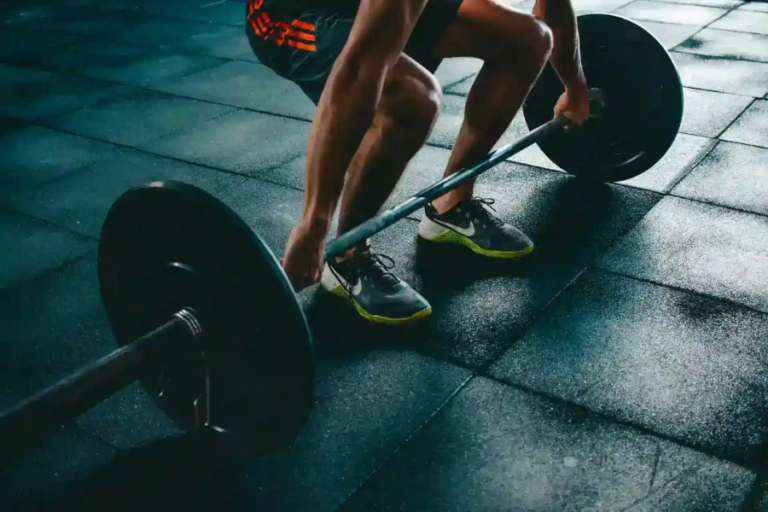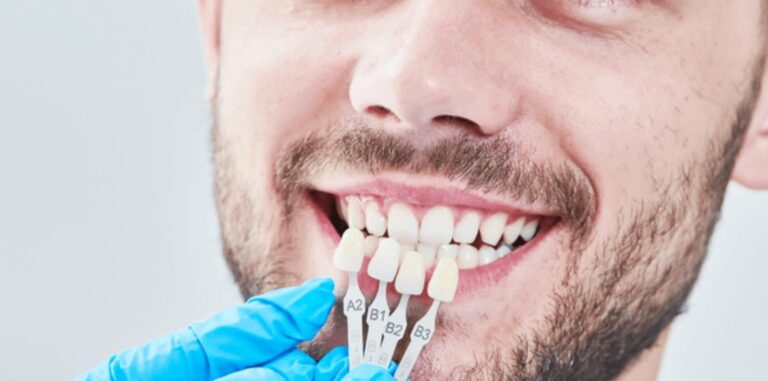About Insulin Use
Using insulin without medical supervision is not recommended. Insulin use requires caution and professionalism.
An Almost Professional Guide to Insulin Use
Please note (warning): I have been using insulin personally for over 7 years and can manage its effects based on my level of personal development. I am not a medical doctor, and therefore, I am not fully qualified to recommend insulin use to others. The following information is based on my 7 years of experience and what I have learned. Insulin use should be under medical supervision.
Insulin is one of many hormones that help the body convert the food we eat into energy. It also helps us store energy for future use. After eating, insulin works by allowing sugar (glucose) to move from the blood into our body’s cells to make fat, sugar, and protein. Between meals, when we need more energy, insulin helps us use the fat, sugar, and protein we have stored. This process occurs whether we produce our own insulin in the pancreas or take it via injection.
When I first decided to try insulin 7 years ago, information was limited, and the internet was not as helpful as it is today. I started my first insulin use during the off-season, when bulk control was easiest. For my first cycle, I used Humulin R, a regular-time insulin. Its release time can be up to 8 hours, so blood sugar monitoring is mandatory. It has an onset of about 1/2 hour, peaks in 2-5 hours, and tapers off by the 8th hour. I used 2iu post-workout, with 20 grams of sugar per iu, immediately following a workout, increasing by 2iu per week until I reached a maximum of 12iu. Morning workouts were essential since it remains active for up to 8 hours. During the off-season, I could consume enough carbohydrates every three hours.
My second insulin cycle was with Humulin L, a very long-acting insulin. Since I was bulking, I decided to try a long-acting insulin to stay anabolic all day. It remains active in the body for 16-20 hours, becomes active 1/2 hour after injection, peaks in 3-5 hours, peaks again in 10-12 hours, and then gradually decreases. With all insulin use, especially long-acting insulin, you must use a glucometer. I had to consume at least 100 grams of carbohydrates every 3 hours throughout the day. I gained nothing but fat from Humulin L and do not recommend it to anyone. It’s very difficult to control.
Over the years, I have done many cycles with Humulin R, progressing from 2iu post-workout up to 20iu. After many post-workout insulin cycles, I began experimenting with insulin use on non-workout days. Again, I started slowly and increased dosages while monitoring with a glucometer. Initially, I used it only at breakfast and later added an afternoon injection. I never exceeded 10iu per meal and checked my blood sugar every 1/2 hour. Yes, your fingers will hurt a lot.
Eventually, Humalog was released, and I first tried it in 1998. This is what bodybuilders had been waiting for: a rapid-onset, short-acting insulin that is better controlled with sugar intake. My first Humalog cycle started again with the usual 2iu post-workout and slowly increased to 10iu post-workout. Humalog has an onset of 15-20 minutes, peaks within 1 hour, and remains active for up to 5 hours.
I recommend Humalog to anyone considering insulin use. It is the easiest to control and work with. Here are my recommendations and guidelines for use:
- Start with only 2iu post-workout, taking 10 grams of glucose or dextrose per injected unit. You can slowly increase the dose up to a total of 10iu, but even if you are experienced, never exceed 10iu.
- Always, and I repeat, always use a glucometer. Do not even think about using insulin without it. It is foolish and reckless to go by how you feel for signs of hypoglycemia. You want to ensure your blood sugar levels stay ideally above 80 mg/dl and never drop below 40.
- Since Humalog remains active for up to 5 hours, ensure you do not take it after evening workouts if you will not be awake for those 5 hours. Insulin levels can drop rapidly, and there are no warning signs while sleeping. Low levels will make you drowsy, and if they drop too low, you may never wake up.
Your post-workout meal should consist of at least 10 grams of sugar per injected iu and a minimum of whey protein. Your next meal, 1 hour after the injection, should consist of easily digestible proteins and carbohydrates when the peak is reached. No red meat; fish, chicken, or turkey are easier to digest. Carbohydrates should be high glycemic, such as potatoes, white rice, or pasta.
Your last meal within the 5-hour window can be anything you want as long as it contains at least 75 grams of carbohydrates. Oatmeal, red meat, etc., are all acceptable, and your carbohydrates should ideally be low glycemic to balance your insulin levels.
Insulin should always be stored in the refrigerator; although it is safe to store at room temperature for up to 30 days, I do not recommend it.
Your injections should always be subcutaneous; IM injections do not allow regular onset times and delay the onset, making carbohydrate control and sugar level monitoring difficult.
Ideally, injections should be subcutaneous in the lower abdomen. Pinch 2.5cm of skin, roll it between your fingers to clear fat deposits, and inject at a 90-degree angle through the skin. This will ensure optimal subcutaneous injection and reduce the chances of IM or fat injections, both of which will slow the absorption time we are trying to eliminate.
Perform a glucometer reading 1/2 hour after the injection to check levels. If it is below 75 mg/dl, immediately take more carbohydrates. Do another glucometer reading 1 hour later to check the full onset and reaction. Again, if it is below 80mg, take a fast-acting carbohydrate with your 1-hour meal.
Signs of hypoglycemia include dizziness, slurred speech, grogginess, drowsiness, lethargy, numbness in extremities, and blurred vision. Never take insulin unsupervised; always let someone know you have injected so they can help monitor warning signs and symptoms. Remember, the glucometer is your best friend, but someone else may notice symptoms before you and can help raise your blood sugar levels immediately.
You can start taking Humalog on non-workout days but only after breakfast and never more than 10 iu. You should work up to this dose, following the same guidelines as above. Your meals should consist of a mix of fast and slow-acting carbohydrates and always include protein. Milk has fast-acting carbohydrates, oatmeal is low glycemic, etc. Always use the glycemic index for your carbohydrates.
These are the general rules for using insulin safely and wisely. Again, I never recommend insulin use for the average bodybuilder; it should be reserved for competitors and those who have reached an advanced level of development. It is best used to break through plateaus, similar to GH or IGF. It is not suitable for beginners or those with less than 5 years of experience with steroid use.




